Sourdough Success!
About a year ago, my husband discovered sourdough bread and loved it so much he no longer wants to eat any other type of bread. He doesn’t eat much bread anyway, so it was no big deal to pick up a loaf for him when I was out and about – as long as it was on the shelf. I have a few places that I can buy from, but just recently I’ve not been able to get a loaf from any of them. Whether it’s because the bread is more popular or the stores just don’t bake that many of them, I don’t know, but it’s finally prompted me to have a go at making my own.
I’ve avoided it up until now because I know that it’s not your average loaf of bread. I knew that it took a few days to make the starter before you even get to making the loaf, and it seemed like too much hassle. However, after a few days of fruitlessly trying to buy a loaf, I decided enough was enough.
It was time to make some sourdough of my own.
One of my best friends has also started some sourdough recently and it exploded in her airing cupboard which didn’t bode well for my attempts as she is an excellent cook and if anyone can make this bread then she can. However, it seemed I had little choice as the bread bin remained empty and my husband was starting to grumble about the apparent national shortage of sourdough bread.
The recipe I used is from this book – Bread Matters – by Andrew Whitley. He started the Village Bakery in Melmerby, Cumbria, to solve the problem of not being able to buy ‘real’ bread and is a passionate advocate of making your own. My Dad went on a couple of his bread-making courses a few years back and gave me his spare book. It’s not as easy a read as many cookbooks around today and there aren’t many pictures, but it is indeed a “definitive guide to baking your own” as it says on the blurb. (There’s also a Kindle edition which is quite a lot cheaper – always good!)
Unlike other methods of creating the starter, my recipe doesn’t use grapes or any added ingredients other than flour and water, and it’s stored in a plastic container not a glass one as sourdough leaven has a tendency to explode (hence my friend’s messy airing cupboard). It does take four days, but to be honest, it was surprisingly little effort. All I had to do was add some flour and water to the pot, mix it together and keep it warm.
This is what it looked like after four days …

There was too much in the pot to make one loaf so I’ve frozen the rest of it for another day which will save me having to keep a pot of leaven permanently on the go. This is what it looked like as it was “refreshing” before it was ready to be turned into a proper loaf …
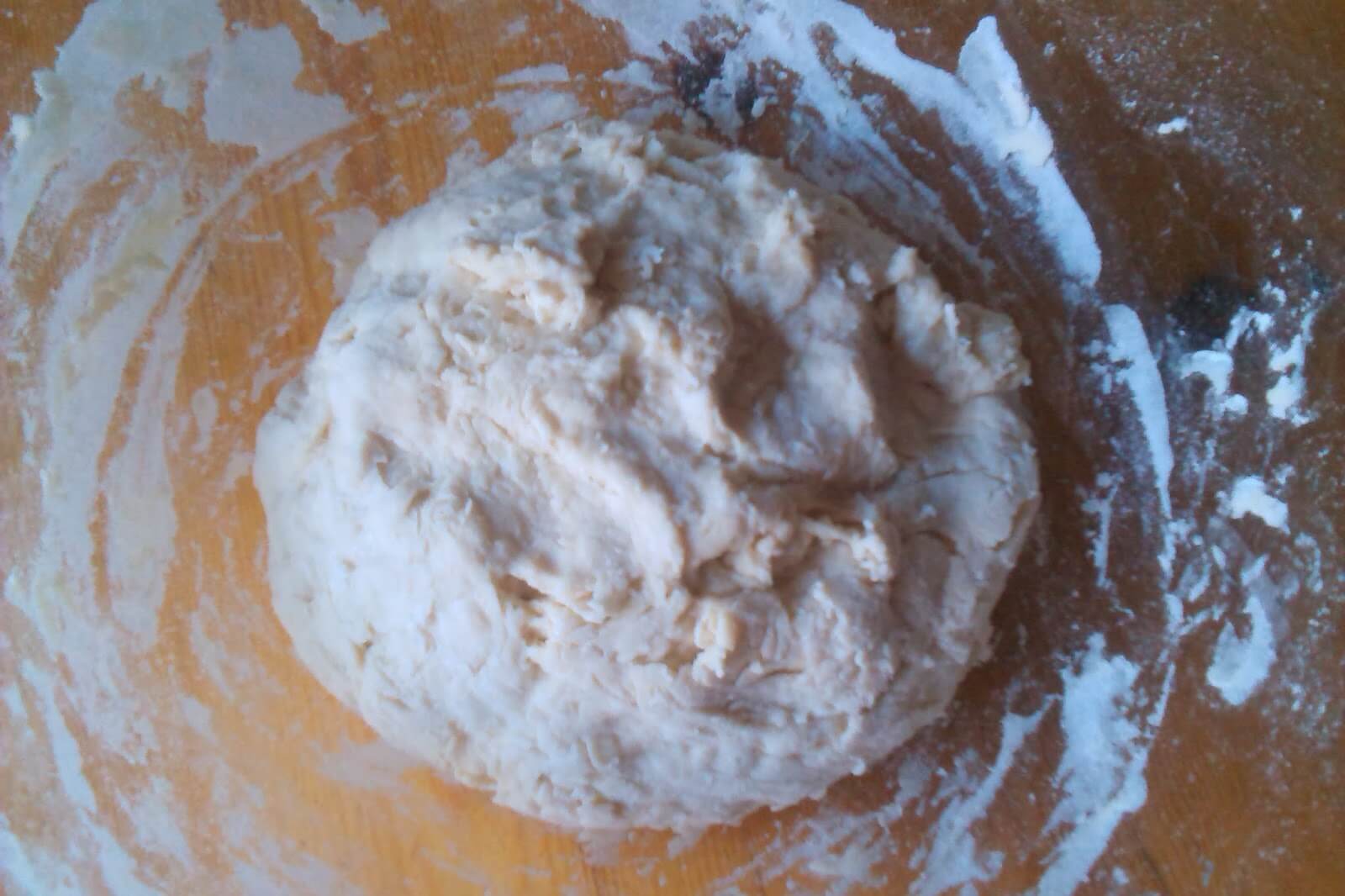
which again didn’t take much effort. The biggest thing has been the waiting for the dough to prove – sourdough is very slow compared to a normal loaf so I waited …

and waited …
and eventually it was big enough to start to create the final loaf. I added more flour and water, kneaded it, added the leaven and then left it again …

… and waited … and finally it was ready to go into the oven!

Hooray!
Here’s my finished loaf, toasted on the top just as my husband likes it. It does smell different to normal bread but it tastes fantastic so I’m happy that all the waiting was worth it. My husband thinks so too – but I still might buy the loaves when I see them in the store!




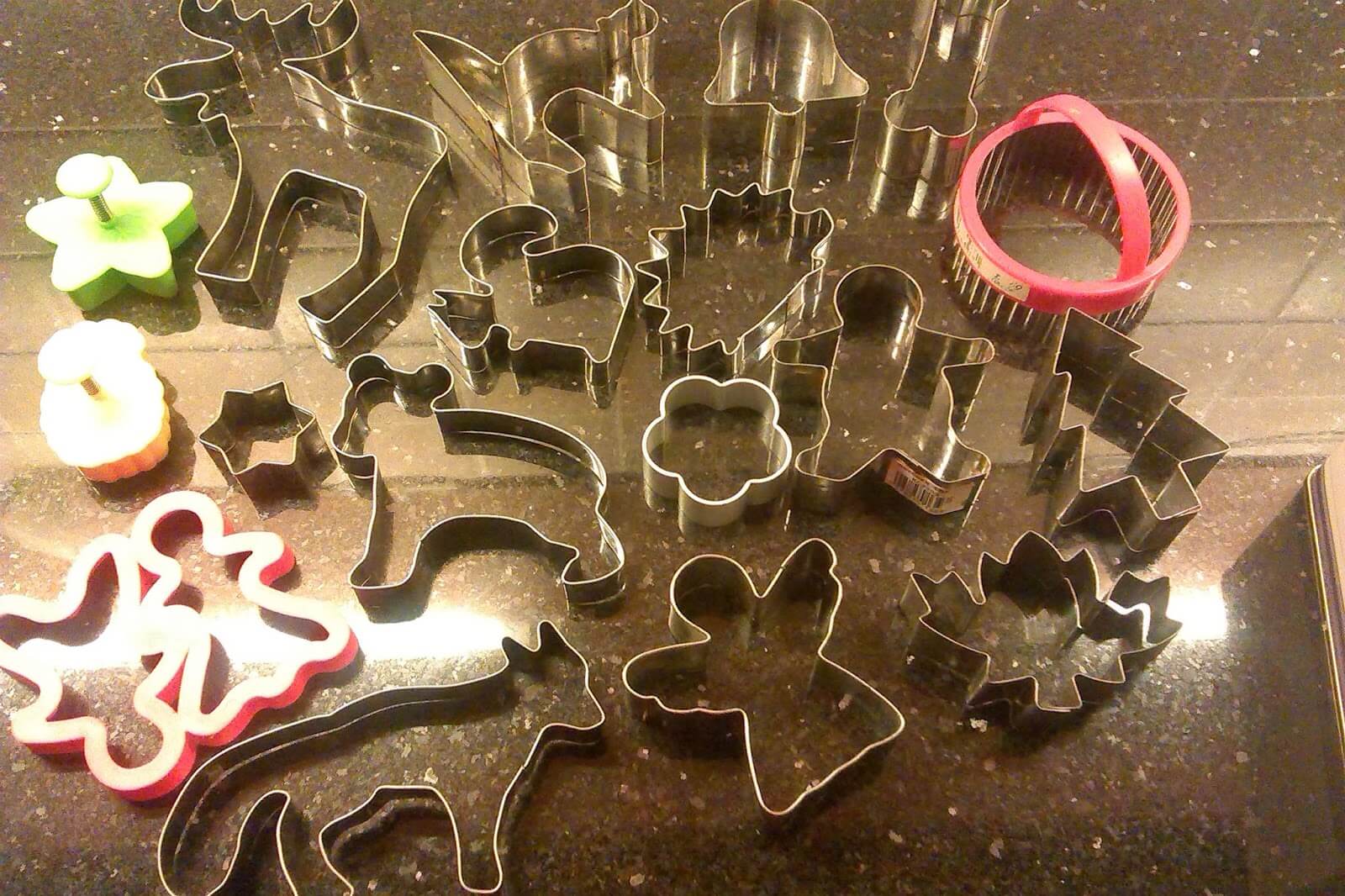










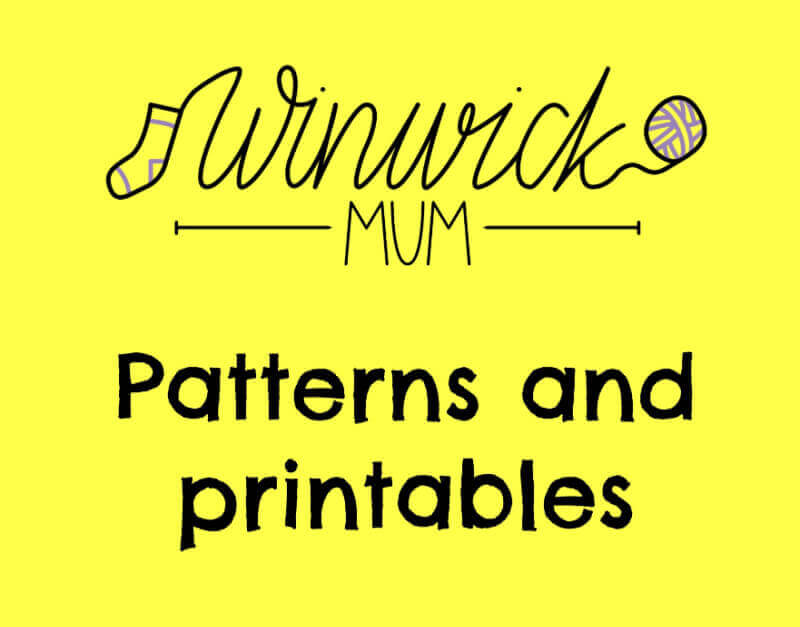
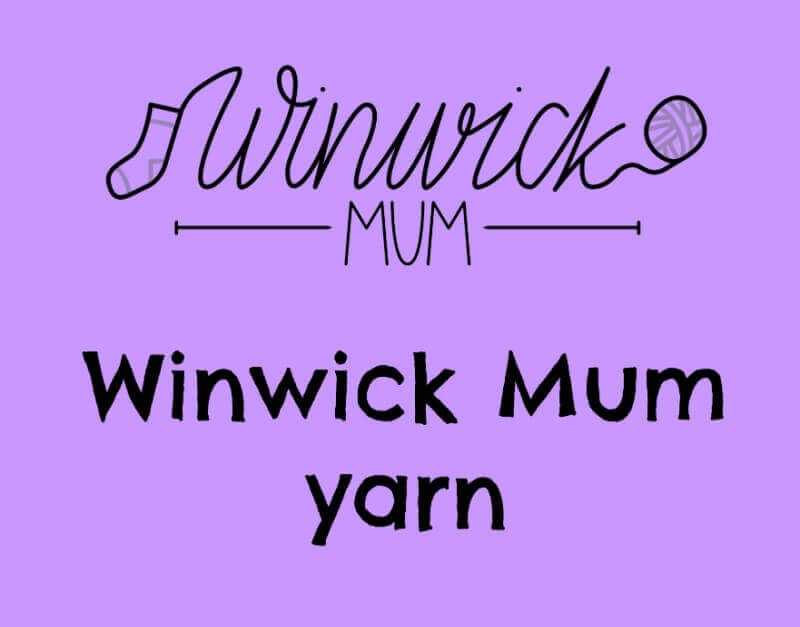




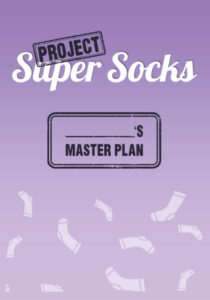




That is amazing and something i want to do so thanks for your plastic tip ^^. As soon as i am on my feet this is what i will attempt and i cant wait. your bread looks wonderful.
Thanks Helen, hope you're up and about to have a go yourself soon! It did take a ridiculously long time and at one point I wondered if it was really worth it, but then my husband pointed out that it was a loaf made with love for him so that made it OK 🙂
This comment has been removed by the author.